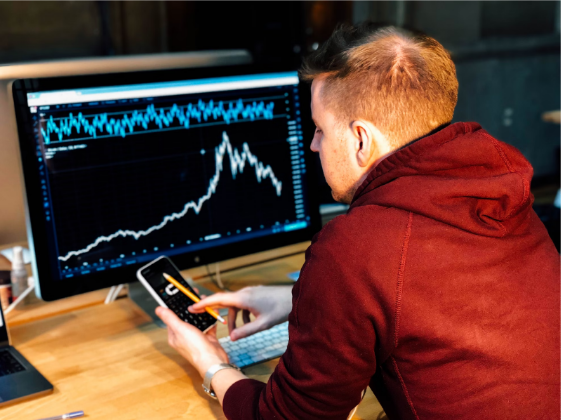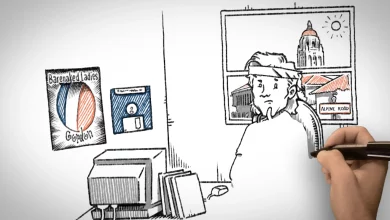The benefits and drawbacks of keeping CFDs long-term

Investing in Contracts for Difference (CFDs) can be a highly lucrative endeavour, allowing traders to take advantage of market movements without buying underlying assets. CFDs offer fast-paced trading opportunities with leverage and even negotiable spreads – both significant advantages for those looking to make short-term profits.
However, recent technological advances have made it possible to keep long-term CFD positions, too – but what exactly are the benefits and drawbacks of such an approach? This article will explore the potential rewards and risks of choosing a longer-term view when investing using CFDs.
Table of Contents
Overview of CFDs and why they can be attractive trading instruments
Contracts for Difference, commonly known as CFDs, have garnered significant attention as trading instruments and have become a popular choice for investors in recent years. CFDs provide an effective way to access the global financial markets and allow traders to take advantage of rising and falling markets. Using leverage in CFDs also enhances profitability and increases traders’ exposure to the markets with less capital.
As a result, CFDs have become an attractive option for traders seeking a diverse range of investment opportunities with lower initial investment requirements. This trading instrument offers flexibility to investors, allowing them to take advantage of short-term price movements in a range of markets, including forex, commodities, indices, and stocks. Overall, the advantages of CFDs make them an increasingly popular choice among traders looking to maximise their returns and diversify their portfolios.
Advantages of holding a CFD long-term
One of the significant advantages of taking a long-term view when investing with CFDs is that it can potentially result in higher returns. As markets are more likely to trend over the medium or long term, holding onto positions for extended periods may increase one’s chances of riding out any short-term market fluctuations and taking advantage of the market’s overall direction.
In addition, taking a long-term view can also help to reduce transaction costs. As CFDs are traded on margin, short-term trades may incur higher charges as traders must maintain sufficient funds in their accounts for the duration of their positions. Holding onto positions for more extended periods will result in fewer opening and closing trades, thus resulting in lower transaction costs.
Disadvantages of holding a CFD long-term, including increased risk exposure and market volatility
Although there are several potential advantages of taking a long-term view when trading with CFDs, it is vital to consider the risks associated with such an approach. One of the main risks that traders need to consider when investing in CFDs is that they are highly leveraged instruments, and even small movements in the market can magnify losses. It means that the losses can be substantial if the market moves against you, even in a small way.
Furthermore, long-term CFD positions expose traders to increased market volatility, which can cause large swings in price and lead to unexpected losses. For this reason, traders need to assess their risk management strategies carefully before taking on any long-term CFD positions.
Strategies for managing CFDs in the long term, such as diversification and risk management
A thorough understanding of the risks associated with long-term CFD positions is essential to managing them successfully. To reduce risk exposure, traders should consider diversifying their investments across several asset classes and markets. It helps to spread out potential losses and reduces the impact of any single event or market move.
In addition, it’s also essential to put in place adequate risk management strategies, such as setting stop-loss orders and using other tools such as margin calculators. It can help traders limit their losses and remain on top of their positions.
Tips to help you decide whether keeping a CFD long-term is the right decision for you
It’s essential to consider whether taking on a long-term CFD position is right for you. Consider your own experience and track record as a trader. If you’re relatively new to trading, it may be advisable to start with shorter-term trades to gain experience before committing to more extended positions.
You should also consider your goals and objectives as an investor. If you want short-term returns, there may be better choices than a long-term CFD position. But if you have a longer-term view and are more comfortable taking on higher risk, investing in CFDs over extended periods could be beneficial.
It’s also important to remember that CFDs are highly leveraged instruments, and you should only invest what you can afford to lose. Sticking to a sound risk management strategy is essential for any type of trading, mainly when keeping long-term CFD positions. Ultimately, the decision to keep a CFD long-term or not comes down to the individual trader and their goals and risk appetite.




